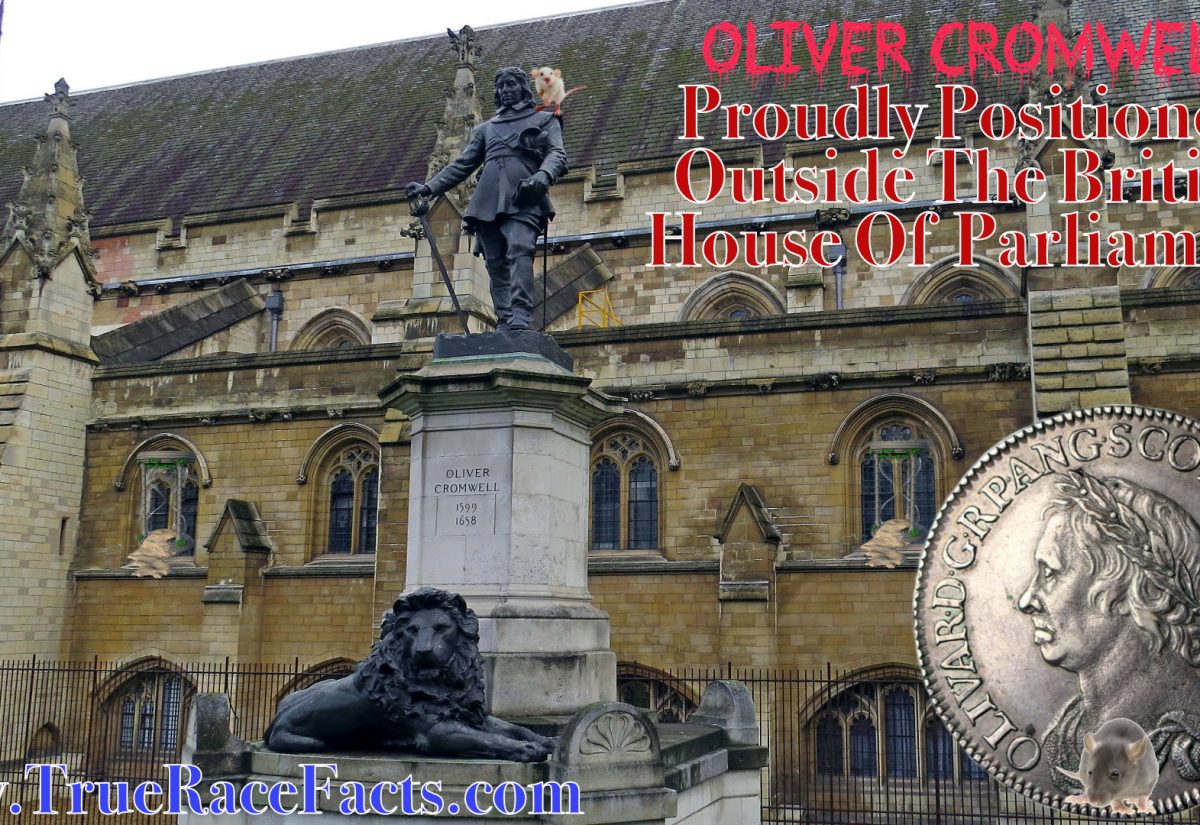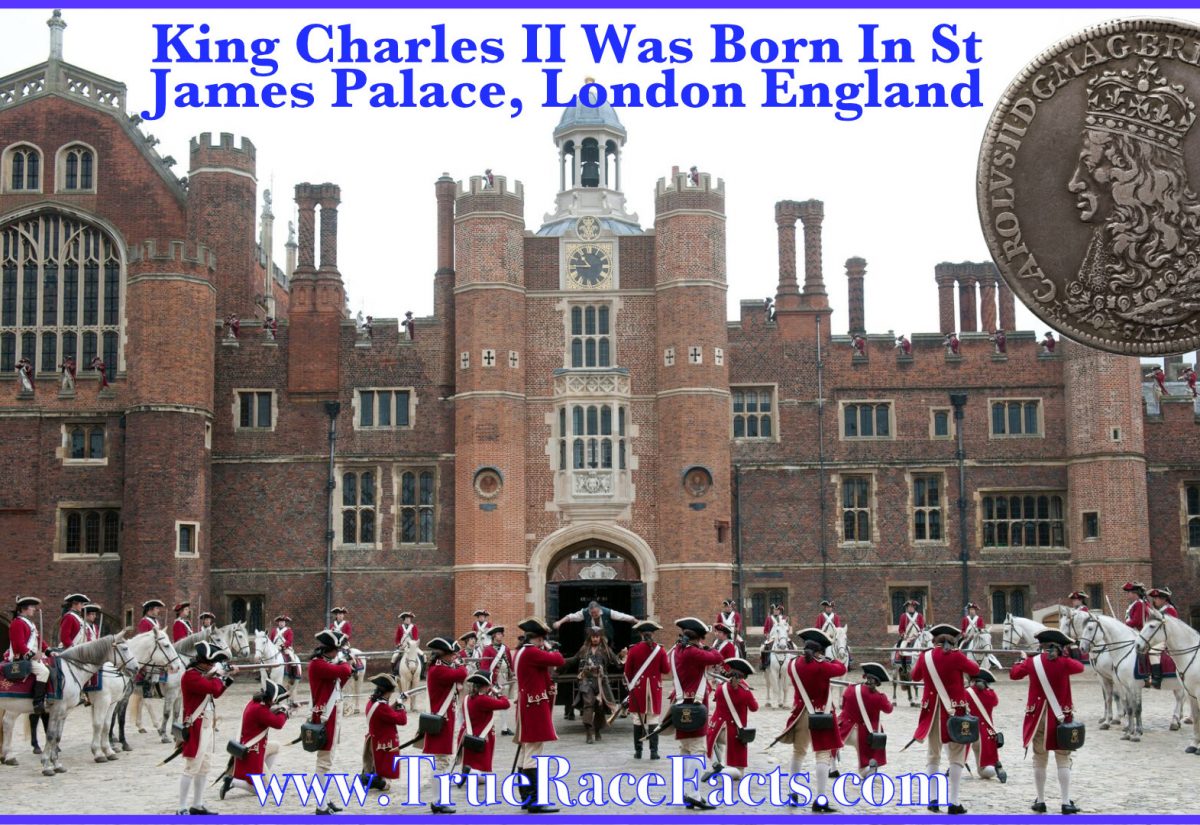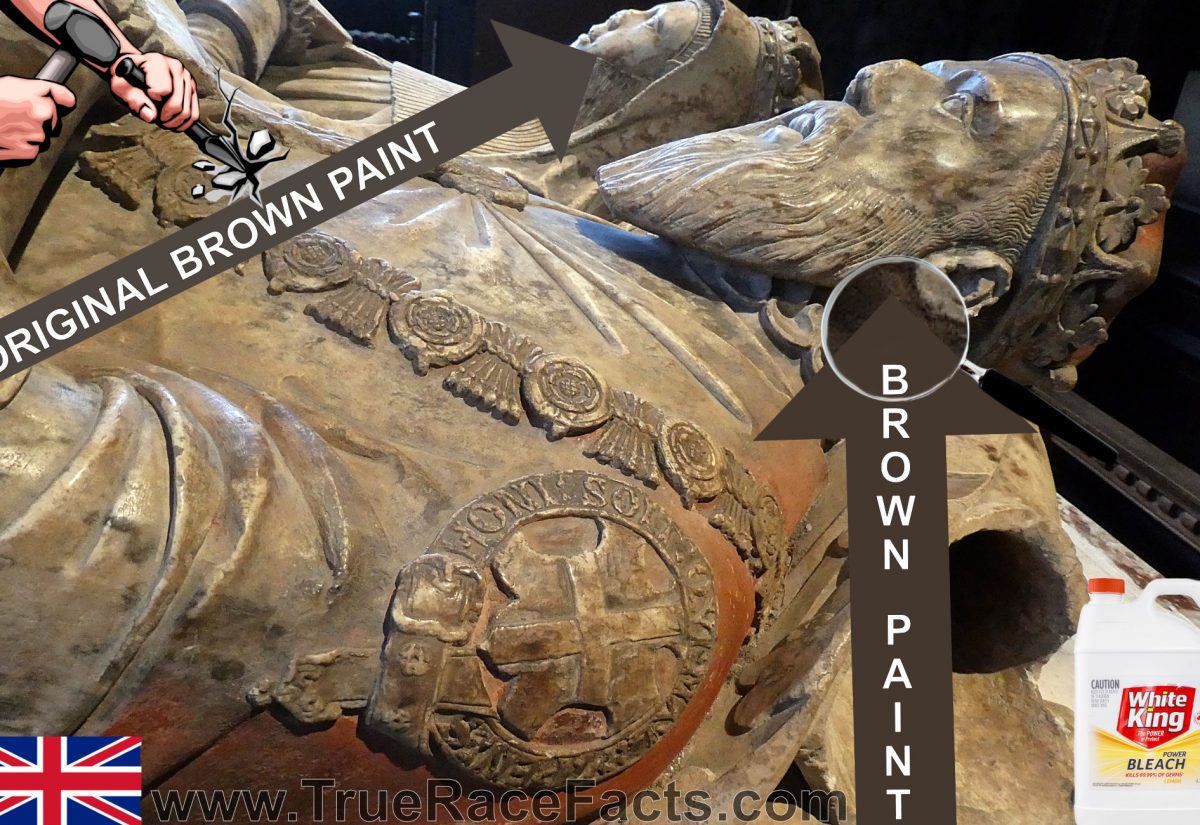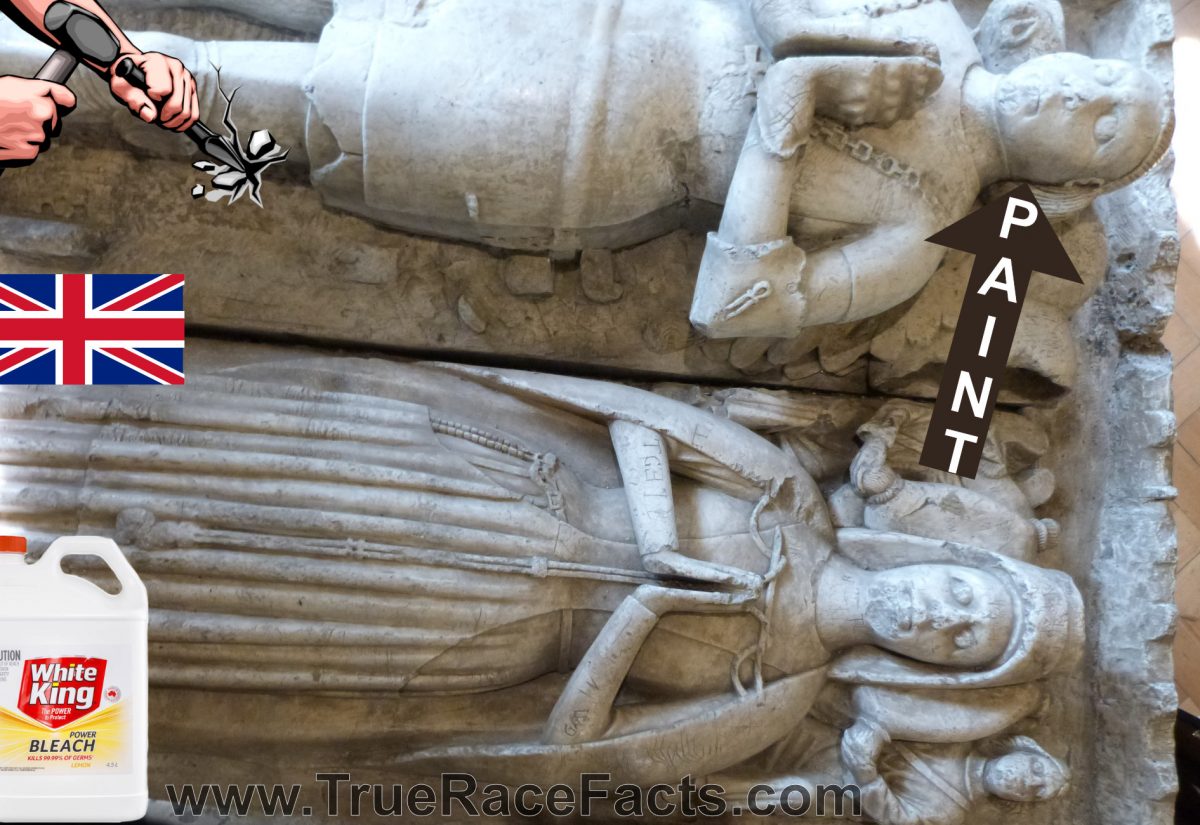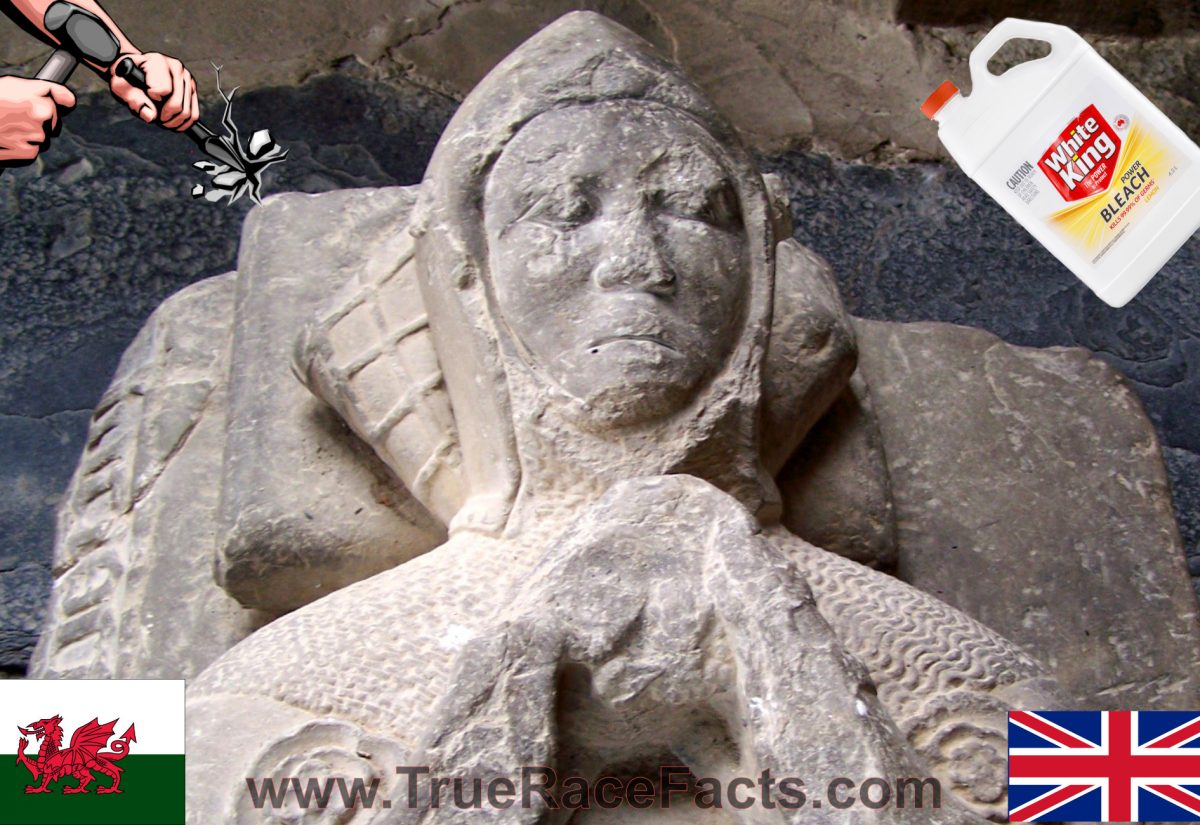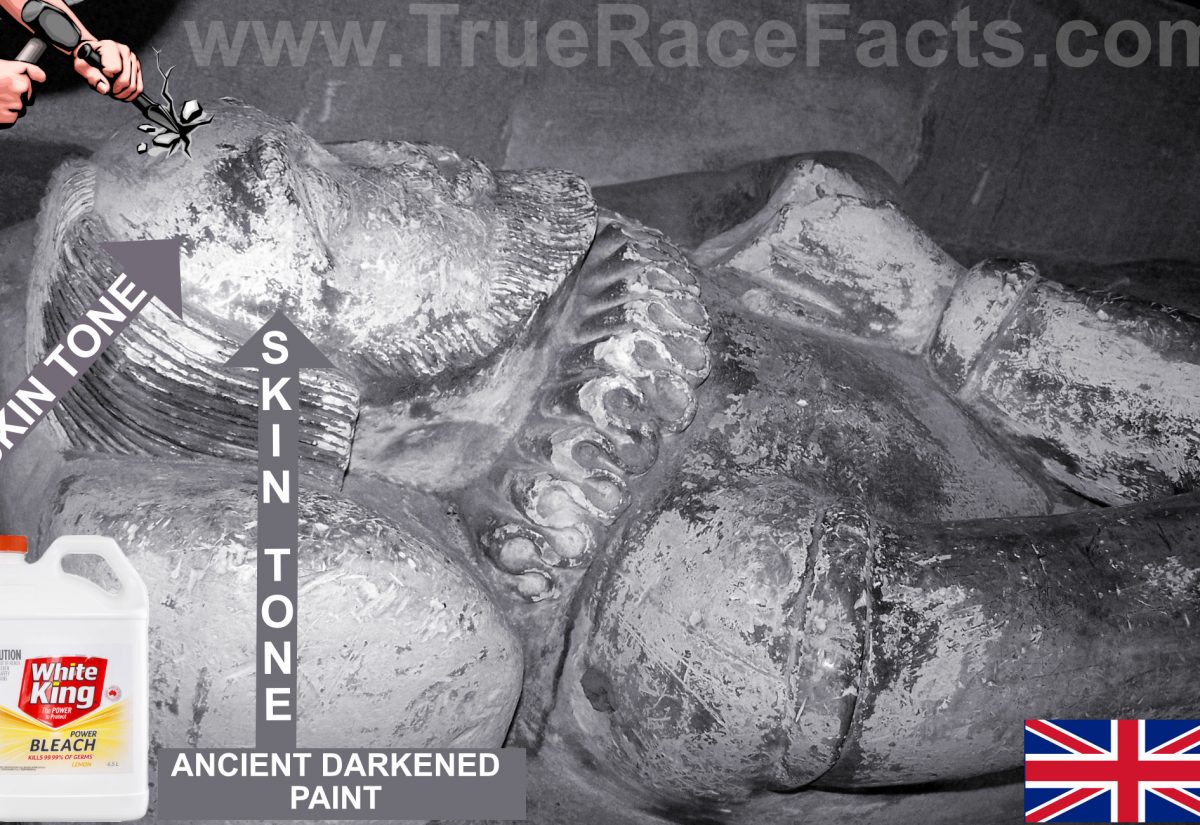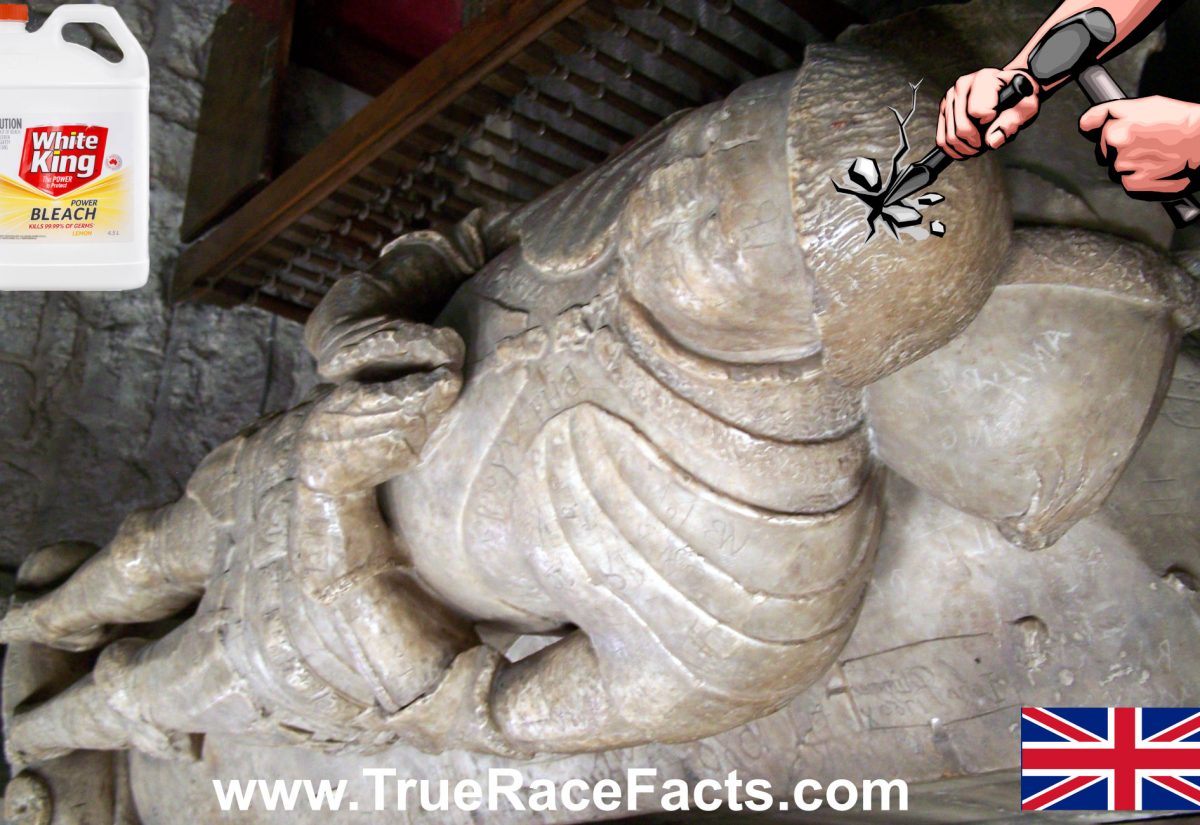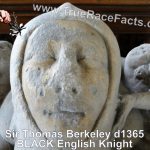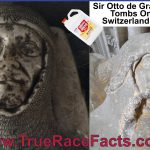- Guinevere Jackson
- 6 September 2022
James VI and I (James Charles Stuart; 19 June 1566 – 27 March 1625) was King of Scotland as James VI from 24 July 1567 and King of England and Ireland as James I from the union of the Scottish and English crowns on 24 March 1603 until his death in 1625. The kingdoms of Scotland and England were individual sovereign states, with their own parliaments, judiciaries, and laws, though both were ruled by James in personal union.
- Guinevere Jackson
- 6 September 2022
King Charles I was illegally beheaded by the British House of Parliament, led by traitor Oliver Cromwell. Money and power-hungry Cromwell took a bribe from Edomite *Jewish Manasseh Ben Israel and Moses Carvajal. This bribe would lead to the overturning of the Edict of Expulsion and the start of Edomite caucasian rule. The Edict of Expulsion was a royal decree issued by King Edward I of England on 18th July 1290, expelling all Jewish people from England.
- Guinevere Jackson
- 6 September 2022
Corrupt, treasonous Oliver Cromwell (25 Apr 1599 – 3 Sept 1658) was a member of the landed gentry from Cambridgeshire. He is widely regarded as one of the most influential politicians in English history. This man put the supreme in white. He took the bribes from JeWISH bankers who wanted to return to England after King Edward I Explosion in 1290. Taking control of the British Monarchy and government would pave the way for them to gain respect and acceptance in other European nations that had also removed them.
- Guinevere Jackson
- 6 September 2022
Charles II was King of Scotland from 1649 until 1651 and King of England, Scotland and Ireland from the 1660 Restoration of the monarchy until his death in 1685. Charles II was the eldest surviving child of Charles I of England, Scotland and Ireland and Henrietta Maria of France.
- Guinevere Jackson
- 25 November 2022
TOMB OF Katherine Pole, 1519-1576 and her husband Francis Hastings, 2nd Earl of Huntingdon (1514 – 20 June 1561), was the eldest son of George Hastings, 1st Earl of Huntingdon and Anne Stafford, Countess of Huntingdon, the ex-mistress of Henry VIII. Rumour has it he may be the illegitimate son of King Henry VIII
- Guinevere Jackson
- 25 November 2022
The monument has been thought to represent Sir Robert Fraunceys, aka Franceys Lord of Foremark, who settled at Foremark towards the end of the 14th century. It has suffered extensive graffiti, probably at the hands of racists trying to destroy his facial features that would identify the nobleman as a dark-skinned so-called BLACK man. Notice the nose is intentionally sawed off carefully, but it does not hide his phenotype.
- Guinevere Jackson
- 25 November 2022
The monument has been thought to represent Sir Robert Fraunceys, aka Franceys Lord of Foremark, who settled at Foremark towards the end of the 14th century. It has suffered extensive graffiti, probably at the hands of racists trying to destroy his facial features that would identify the nobleman as a dark-skinned so-called BLACK man. Notice the nose is intentionally sawed off carefully, but it does not hide his phenotype.
- Guinevere Jackson
- 24 November 2022
The monument has been thought to represent Sir Robert Fraunceys, aka Franceys Lord of Foremark, who settled at Foremark towards the end of the 14th century. It has suffered extensive graffiti, probably at the hands of racists trying to destroy his facial features that would identify the nobleman as a dark-skinned so-called BLACK man. Notice the nose is intentionally sawed off carefully, but it does not hide his phenotype.
- Guinevere Jackson
- 24 November 2022
The monument has been thought to represent Sir Robert Fraunceys, aka Franceys Lord of Foremark, who settled at Foremark towards the end of the 14th century. It has suffered extensive graffiti, probably at the hands of racists trying to destroy his facial features that would identify the nobleman as a dark-skinned so-called BLACK man. Notice the nose is intentionally sawed off carefully, but it does not hide his phenotype.
Monarch James II, also called (1644–85) duke of York and (1660–85) duke of Albany, (born October 14, 1633, London, England—died September 5/6 [September 16/17, New Style], 1701, Saint-Germain, France), king of England, Scotland, and Ireland from 1685 to 1688, and the last Stuart monarch in the direct male line. He was deposed in the Glorious Revolution (1688–89) and replaced by William III and Mary II. That revolution, engendered by James’s Roman Catholicism, permanently established Parliament as the ruling power of England.




